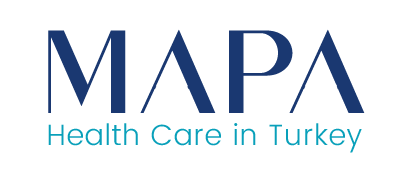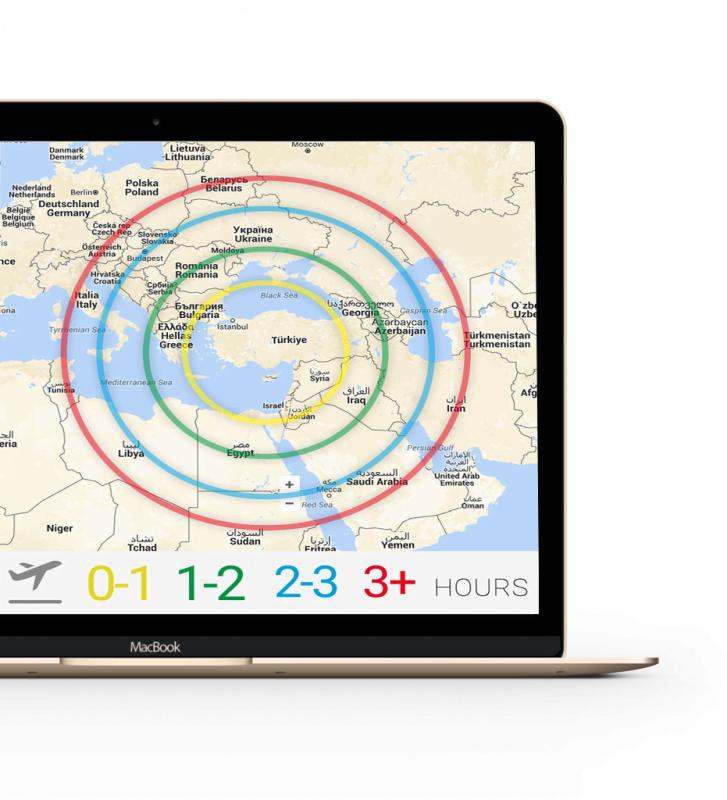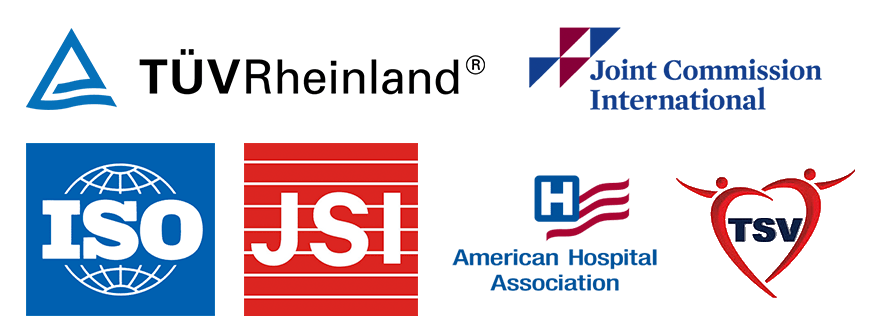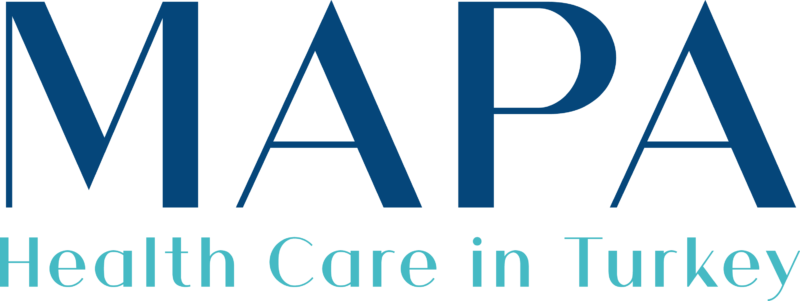
Tummy Tuck Turkey
Tummy Tuck (Abdominoplasty)
Abdominoplasty surgery, or “tummy tuck surgery,” is a cosmetic procedure that is used to thin and refine the waistline. The surgery is more complex than liposuction, as it involves the removal of excess fat and hanging skin from the abdomen and the tightening of the fascia muscles on the abdominal wall. Tummy tucks are performed on both men and women and are particularly effective for tightening the abdominal muscles and removing excess skin after pregnancy and dramatic weight loss.
Overview
There are various types of abdominoplasty surgeries which have evolved considerably over the last decade and continue to improve every year. Today’s tummy tuck procedures are more effective than ever before—with more options available, less risk of complications, shorter recovery times, and much better results.
If you are considering a tummy tuck to re-shape your abdominal area, be sure to consult with a board-certified plastic surgeon to learn if you are a good candidate for the procedure. Read this guide to learn more about the surgery and whether a full abdominoplasty or a mini-abdominoplasty can help you achieve a better body.
Who is an Ideal Candidate for Tummy Tuck Surgery?
Your board-certified plastic surgeon can help you determine whether abdominoplasty is the right choice for you and your aesthetic goals. In general, ideal candidates for tummy tuck surgery share some important characteristics, which include loose, hanging, or sagging skin on the abdomen, and/or a separation of the muscles in the abdomen wall.
Additionally, an ideal candidate for tummy tuck surgery is in good health, is a non-smoker, and has realistic expectations regarding the benefits and possible outcome of abdominoplasty. He or she will also be within the ideal weight range for their height and body type and will understand the potential risk of complications during this surgery, as explained by their doctor.
What Kinds of Abdominoplasty Surgeries Are There?
There are various surgical techniques that a board-certified plastic surgeon might use during an abdominoplasty procedure. The one chosen for your surgery will depend on the physical characteristics and needs of the patient. In any case, there are two types of tummy tuck procedures: a full abdominoplasty and mini or partial abdominoplasty.
Determining which procedure is the right choice for you is an important step to take before deciding to have an abdominoplasty. A board-certified plastic surgeon will take into consideration the patient’s body weight, the amount of excess abdominal skin on the patient’s torso, the area where the skin is located (upper abdomen or lower), and other details to decide on the best technique on a case-by-case basis.
Traditional Tummy Tuck
The traditional tummy tuck, also known as a “complete” or “standard” abdominoplasty, is the most invasive type of tummy tuck procedure, typically used in cases where the patient has a large amount of excess skin to remove after losing weight. The doctor will make a long, vertical incision over the groin that reaches from one hip to the other. Another incision will then be made to separate the navel area from the layer of soft tissue below, and the flap of skin will be dissected and retracted back to reveal the fat and muscle tissue.
Complete abdominoplasty is usually ideal for those suffering from diastasis recti, a common post-pregnancy condition where the muscle wall is lax or has been separated and requires repair. The plastic surgeon will then suture the separated abdominal muscles together to tighten them, and will also remove excess skin and fat tissue. Once this has been completed, the surgeon will replace the layer of skin over the exposed abdomen, re-create the navel opening, and close the incision with sutures.

Partial or Mini Tummy Tuck
Patients that have minimal abdominal muscle separation (diastasis recti) or have limited excess sagging skin might benefit more from a partial or mini tummy tuck than a full abdominoplasty, which is more invasive. In a partial or mini tummy tuck, the focus is on tightening the skin on the lower abdomen. No incisions or adjustments are made to the navel in a partial or mini tummy tuck, as opposed to a traditional or full abdominoplasty where the belly button is moved and recreated. This procedure is most helpful for body contouring and skin tightening purposes in cases where only the skin beneath the belly button is slightly sagging or has lost laxity after pregnancy or weight loss
.
What Should I Do to Help My Recovery After Surgery (Post-Surgery After-Care)
It can take anywhere from four to six weeks to recover completely after an abdominoplasty, depending on the invasiveness of the procedure. During this time, you will be advised to limit your activity and eliminate any strenuous exercise that might interfere with your healing process. Take time to get up and walk slowly around the house at regular intervals throughout the day to keep your blood flowing and to prevent blood clotting. You will likely need to take a few weeks off from work and your usual daily activities.
It is critical that patients that have had abdominoplasty surgery follow the instructions given to them by their surgeon regarding their after-care. Whether your procedure consisted of a mini or a complete abdominoplasty, your doctor will have closed the incision made to your abdomen with stitches, and the wound will be covered in bandages. You will be carefully instructed on proper movement when sitting and lying down, and how to keep from disrupting your stitches.


 Deutsch
Deutsch Français
Français




















